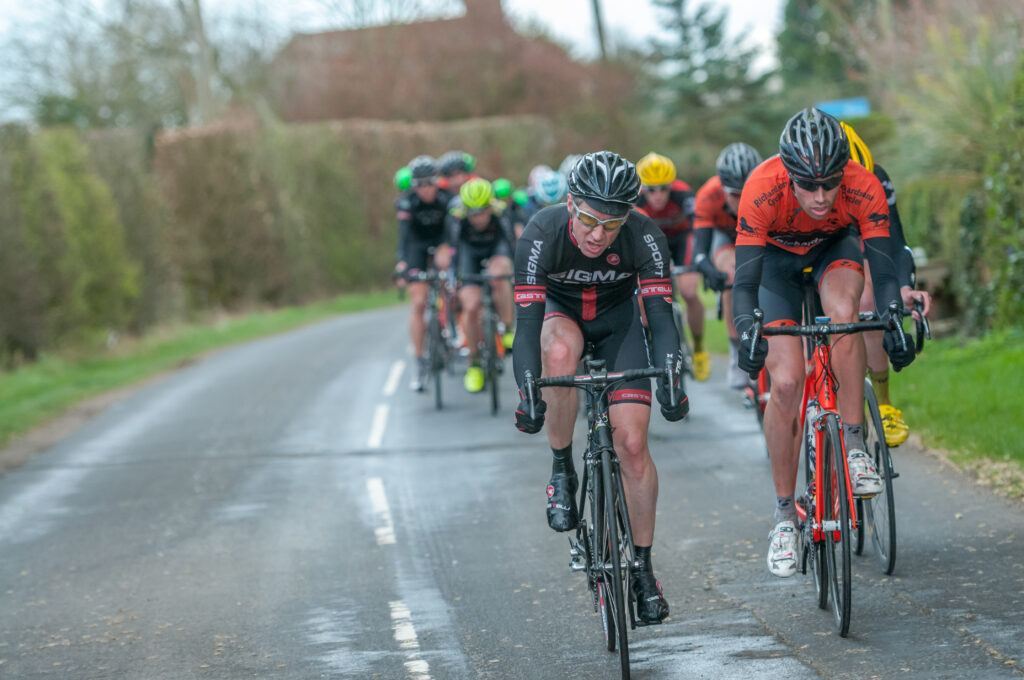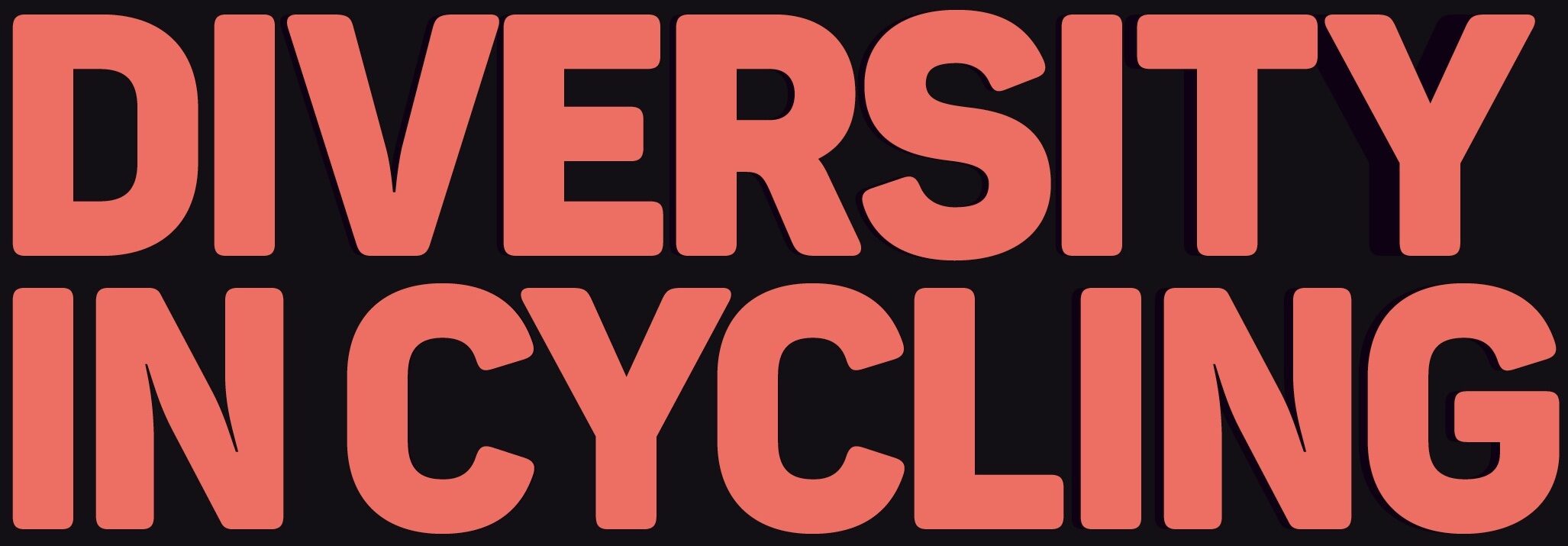There were several reasons, but one was a lifetime of struggling with my own difference. A difference I could not put a name to, even though I knew it was there.
Writing the first edition of Diversity In Cycling was emotional. My father died, and I was diagnosed with ADHD a month after publication. The psychiatrist who diagnosed me told me there was a good chance I was Autistic, and eighteen months later, this was confirmed. The ADHD part of my brain is restless. I can be scatty and forgetful. I often run late. My brain can be in multiple different places at once, and people sometimes think I am not always present, but I can also be highly focused and sometimes a bit intense. Medication is often prescribed (Ritalin-type substances), but cardio sports such as cycling can be just as good. Riding is my Ritalin. When I ride my brain is calmer, and life is better.
The Autism part of my brain often misreads social clues. People can be cruel, including so-called progressive people, I have been called a “weirdo” and worse, but often the impact is more insidious. I have learned to be sociable. I enjoy socialising but trying to interpret tone, sub-text, and facial expressions can be draining and leave me feeling anxious. I get immersed in subjects that interest me and obsess about details – gear ratios, tyre pressures, power meters, and marginal gains. I try not to look at cycling forums too much because I get sucked into long, drawn-out discussions that feel more competitive than any race. I like my routines and get stressed when things change, which can work well for training and racing but can sometimes leave me in a bubble. I can push myself beyond pain and exhaustion, which can be good and bad in competitive sport.
Not everyone is on the spectrum. Suggesting otherwise diminishes the lived experiences of those who meet the diagnostic criteria. The spectrum is not a linear more/ less autistic thing, but a circular spectrum of varied symptoms. Less than five percent of the population has ADHD, and less than two percent are Autistic. In my case, co-occurring conditions add further layers and nuances, which can complement or compound certain traits.
Neurodiversity covers not only ADHD and Autism but other conditions such as Dyslexia, Dyspraxia, Dyscalculia, and Tourette Syndrome; it cuts across race and gender, but people of colour and women, especially, often go undiagnosed. Meeting the diagnostic criteria for any neurological condition is a big deal. If it applies to you, getting diagnosed will change your life for the better. You realise that your brain works differently from ninety-five percent of the population. Once you understand what that means, you can develop strategies that help you better navigate the outside world while being your true self. You learn to avoid the pitfalls and promote your strengths. But people around you must do the work too and accommodate your uniqueness. If they cannot do that, they are not worth having in your life.
It seems a disproportionate number of people in music and the creative industries are neurodiverse. Anecdotally, I believe the same could be true of cycling. Three-time Tour de France winner Greg LeMond has ADHD, and ex-pro and World Tour team boss Jonathan Vaughters is Autistic. Both men, like me, were diagnosed late in life. A number of cycling friends, including several ex-elite riders, have asked how they can obtain an Autism diagnosis. Neurodiversity is not getting much coverage in the cycling space (yet), but sooner or later, it will be the next diversity frontier. That could help join the dots with other protected characteristics and take the diversity and inclusion conversation deeper into the cycling community.
You can read more about my diagnostic journey here ADHD and here Autism.

